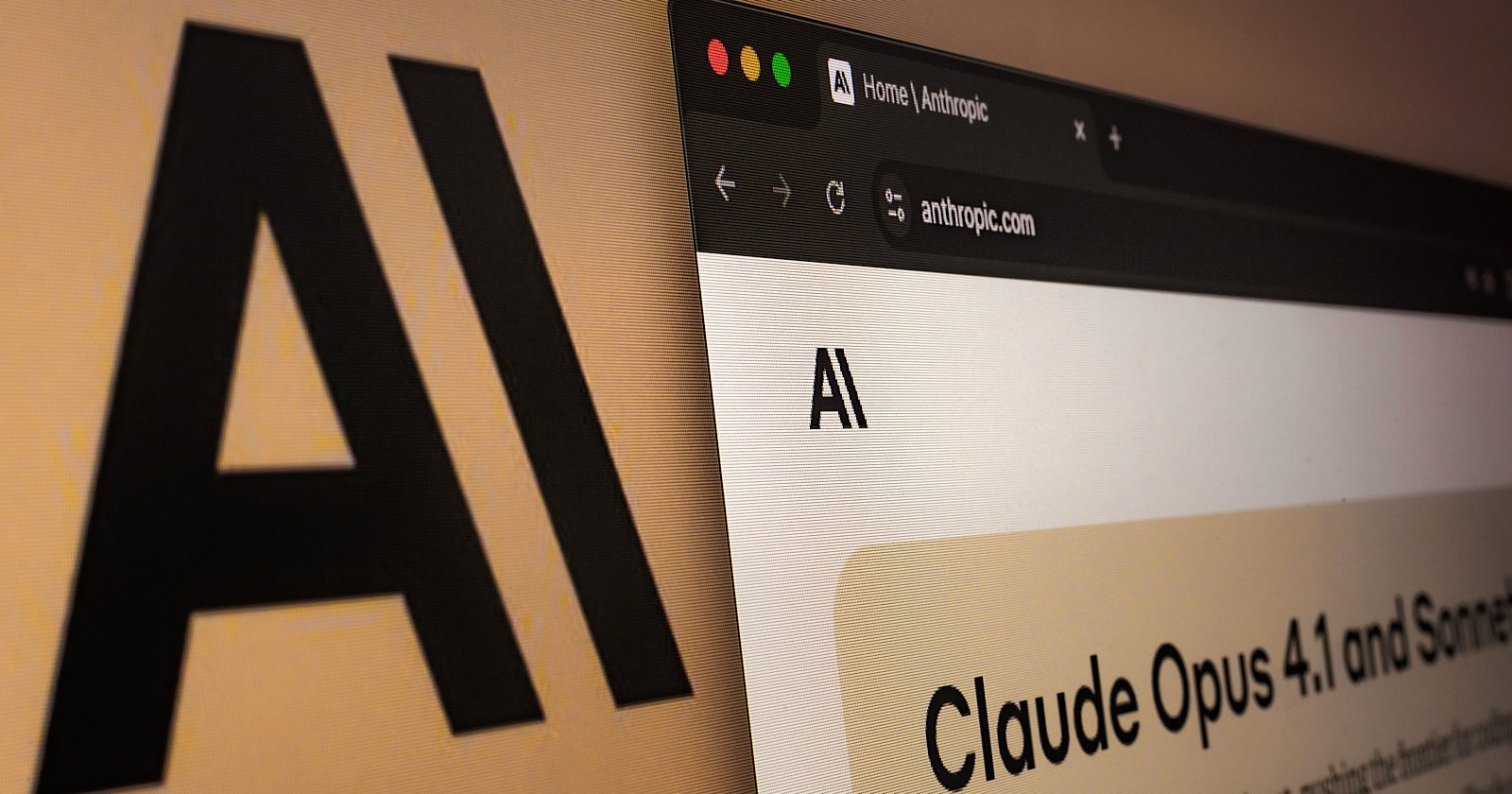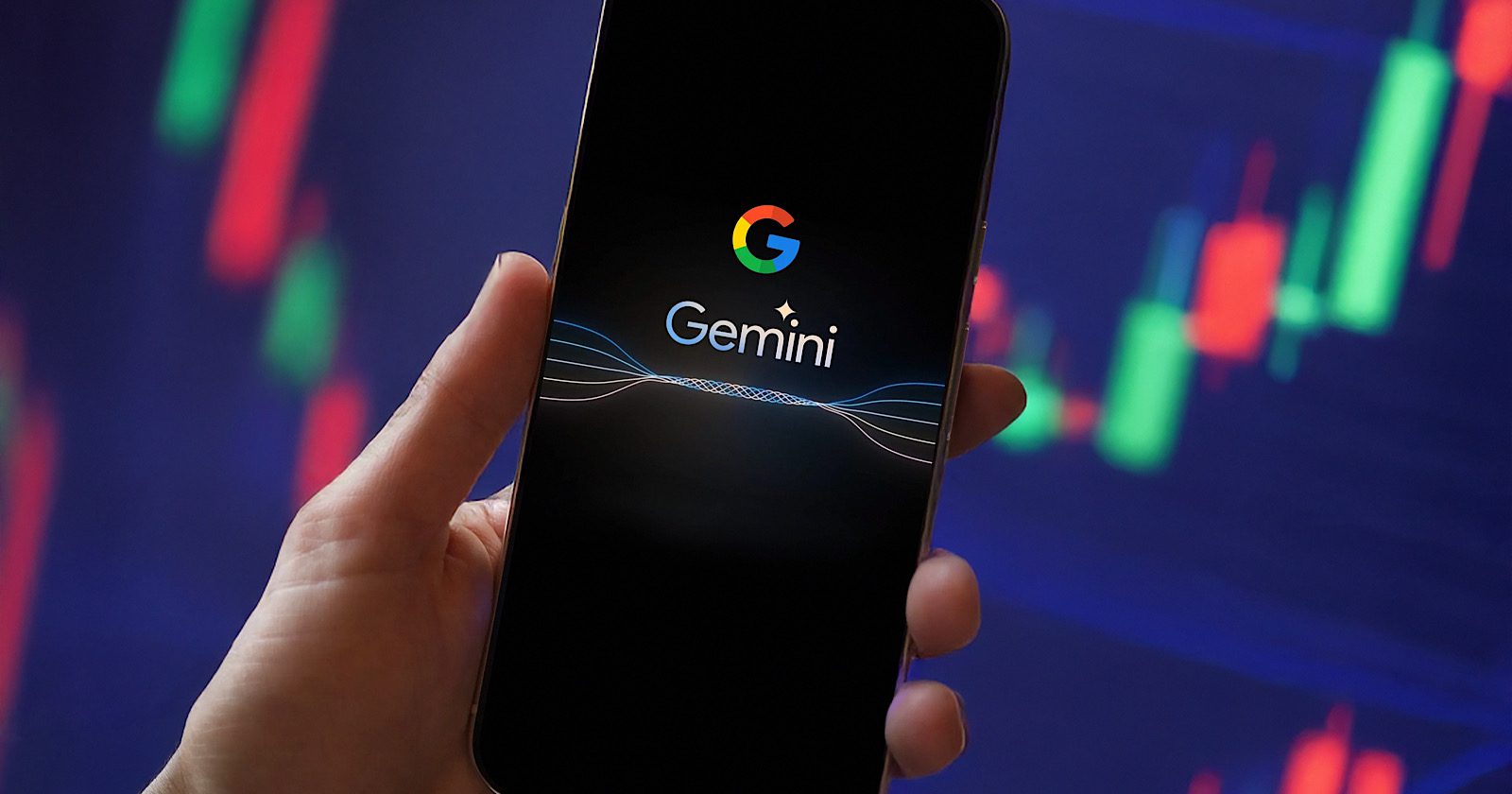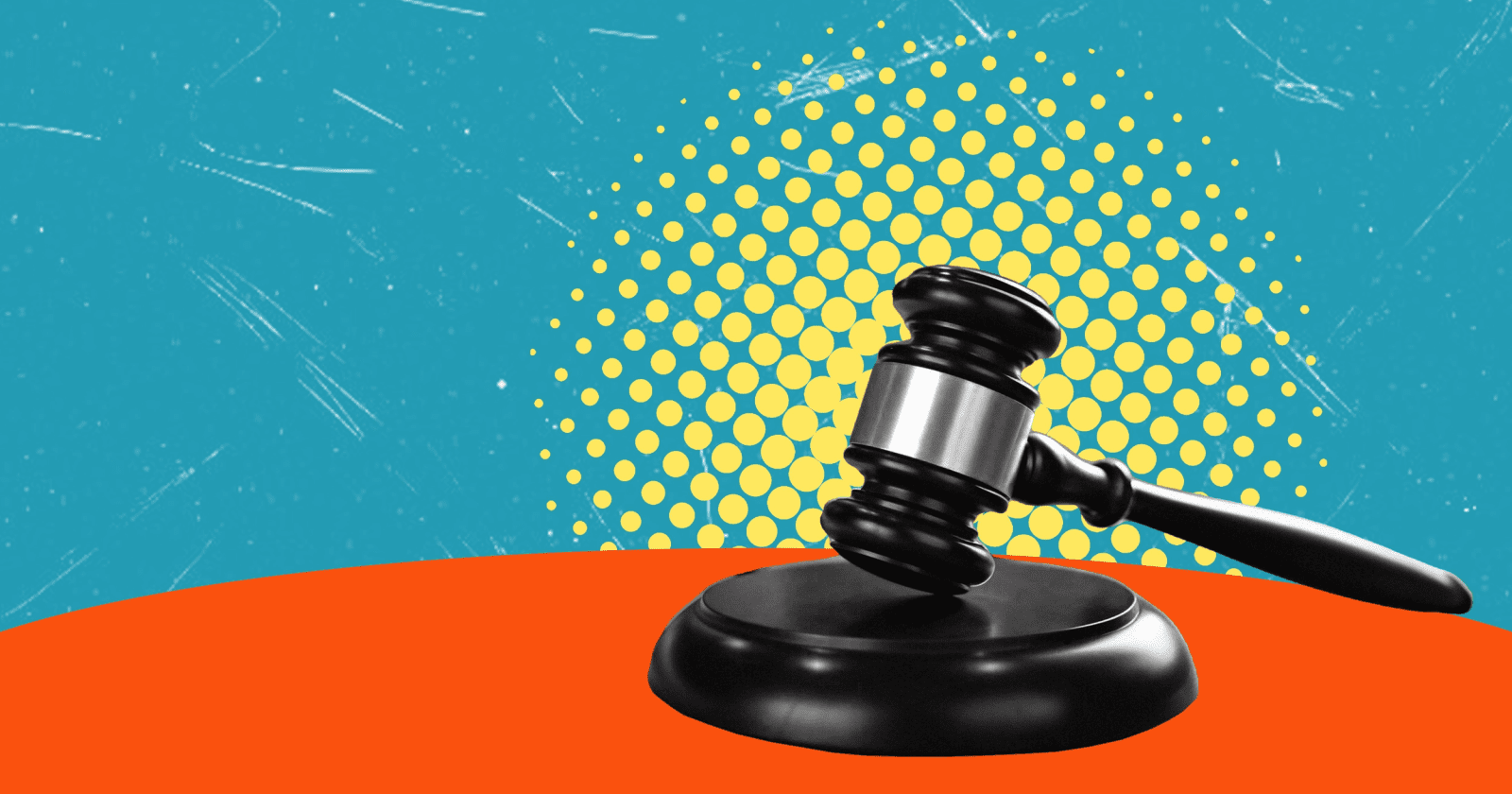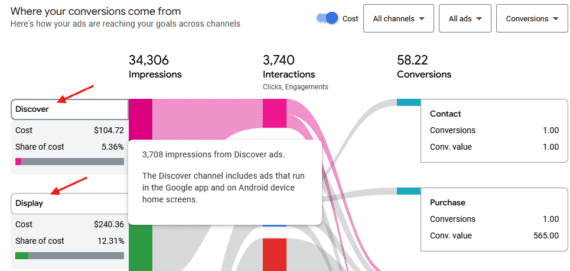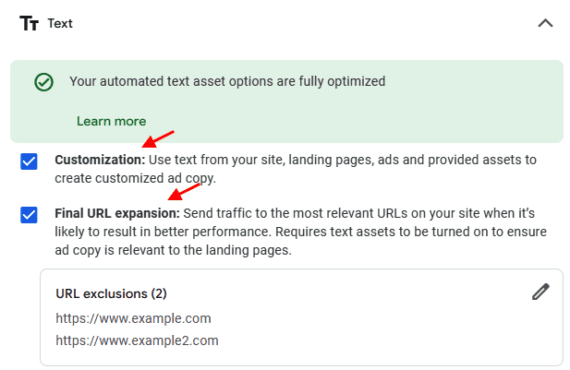When Judge Amit P. Mehta issued his long-awaited remedies decision in the Google search antitrust case, the industry exhaled a collective sigh of relief. There would be no breakup of Google, no forced divestiture of Chrome or Android, and no user-facing “choice screen” like the one that reshaped Microsoft’s browser market two decades ago. But make no mistake – this ruling rewrites the playbook for search distribution, data access, and competitive strategy over the next six years.
This article dives into what led to the decision, what it actually requires, and – most importantly – what it means for SEO, PPC, publishers, and the emerging generation of AI-driven search assistants.
What Led To The Decision
The Department of Justice and a coalition of states sued Google in 2020, alleging that the company used exclusionary contracts and massive payments to cement its dominance in search. In August 2024, Judge Mehta ruled that Google had indeed violated antitrust law, writing, “Google is a monopolist, and it has acted as one to maintain its monopoly.” The question then became: what remedies would actually restore competition?
The DOJ and states pushed for sweeping measures – including a breakup of Google’s Chrome browser or Android operating system, and mandatory choice screens on devices. Google countered that such steps would harm consumers and innovation. By the time remedies hearings wrapped, generative AI had exploded into the mainstream, shifting the court’s sense of what competition in search could look like.
What The Court Decided
Judge Mehta’s ruling, issued September 2, 2025, imposed a mix of behavioral remedies:
- Exclusive contracts banned. Google can no longer strike deals that make it the sole default search engine on browsers, phones, or carriers. That means Apple, Samsung, Mozilla, and mobile carriers can now entertain offers from rivals like Microsoft Bing or newer AI entrants.
- Payments still allowed. Crucially, the court did not ban Google from paying for placement. Judge Mehta explained that removing payments altogether would “impose substantial harms on distribution partners.” In other words, the checks will keep flowing – but without exclusivity.
- Index and data sharing. Google must share portions of its search index and some user interaction data with “qualified competitors” on commercial terms. Ads data, however, is excluded. This creates a potential on-ramp for challengers, but it doesn’t hand them the secret sauce of Google’s ranking systems.
- No breakup, no choice screen. Calls to divest Chrome or Android were rejected as overreach. Similarly, the court declined to mandate a consumer-facing choice screen. Change will come instead through contracts and UX decisions by distribution partners.
- Six-year oversight. Remedies will be overseen by a technical committee for six years. A revised judgment is due September 10, with remedies taking effect roughly 60 days after final entry.
As Judge Mehta put it, “Courts must… craft remedies with a healthy dose of humility,” noting that generative AI has already “changed the course of this case.”
How The Market Reacted
Investors immediately signaled relief. Alphabet shares jumped ~8% after hours, while Apple gained ~4%. The lack of a breakup, and the preservation of lucrative search placement payments, reassured Wall Street that Google’s search empire was not being dismantled overnight.
But beneath the relief lies a new strategic reality: Google’s moat of exclusivity has been replaced with a marketplace for defaults.
Strategic Insights: Beyond The Headlines
Most coverage of the decision has focused on what didn’t happen – the absence of a breakup or a choice screen. But the deeper story is how distribution, data, and AI will interact under the new rules.
1. Defaults Move From Moat To Marketplace
Under the old model, Google’s exclusive deals ensured it was the default on Safari, Android, and beyond. Now, partners can take money from multiple providers. That turns the default position into a marketplace, not a moat.
Apple, in particular, gains leverage. Court records revealed that Google paid Apple $20 billion in 2022 and paid $26.3 billion in 2021 – the figure is not to any one company, but Apple likely represents the largest recipient – to remain Safari’s default search engine. Without exclusivity, Apple can entertain bids from Microsoft, OpenAI, or others – potentially extracting even more money by selling multiple placements or rotating defaults.
We may see new UX experiments: rotating search tiles, auction-based setup flows, or AI assistant shortcuts integrated into operating systems. Distribution partners like Samsung or Mozilla could pilot “multi-home defaults,” where Google, Bing, and an AI engine all coexist in visible slots.
2. Data Access Opens An On-Ramp For Challengers
Index-sharing and limited interaction data access lower barriers for rivals. Crawling the web is expensive; licensing Google’s index could accelerate challengers like Bing, Perplexity, or OpenAI’s rumored search product.
But it’s not full parity. Without ads data and ranking signals, competitors must still differentiate on product experience. Think faster answers, vertical specialization, or superior AI integration. As I like to put it: Index access gives challengers legs, not lungs.
Much depends on how “qualified competitor” is defined. A narrow definition could limit access to a token few; a broad one could empower a new wave of vertical and AI-driven search entrants.
3. AI Is Already Shifting The Game
The court acknowledged that generative AI reshaped its view of competition. Assistants like Copilot, Gemini, or Perplexity are increasingly acting as intent routers – answering directly, citing sources, or routing users to transactions without a traditional SERP.
That means the battle for distribution may shift from browsers and search bars to AI copilots embedded in operating systems, apps, and devices. If users increasingly ask their assistant instead of typing a query, exclusivity deals matter less than who owns the assistant.
For SEO and SEM professionals, this accelerates the shift toward zero-click answers, assistant-ready content, and schema that supports citations.
4. Financial Dynamics: Relief Today, Pressure Tomorrow
Yes, investors cheered. But over time, Google could face rising traffic acquisition costs (TAC) as Apple, Samsung, and carriers auction off default positions. Defending its distribution may get more expensive, eating into margins.
At the same time, without a choice screen, search market share is likely to shift gradually, not collapse. Expect Google’s U.S. query share to remain in the high 80s in the near term, with only single-digit erosion as rivals experiment with new models.
5. Knock-On Effects: The Ad-Tech Case Looms
Don’t overlook the second front: the DOJ’s separate antitrust case against Google’s ad-tech stack, now moving toward remedies hearings in Virginia. If that case results in structural changes – say, forcing Google to separate its publisher ad server from its exchange – it could reshape how search ads are bought, measured, and monetized.
For publishers, both cases matter. If rivals gain traction with AI-driven assistants, referral traffic could diversify – but also become more volatile, depending on how assistants handle citations and click-throughs.
What Happens Next
- September 10, 2025: DOJ and Google file a revised judgment.
- ~60 days later: Remedies begin taking effect.
- Six years: Oversight period, with ongoing compliance monitoring.
Key Questions To Watch:
- How will Apple implement non-exclusive search defaults in Safari?
- Who qualifies as a “competitor” for index/data access, and on what terms?
- Will rivals like Microsoft, Perplexity, or OpenAI buy into distribution slots aggressively?
- How will AI assistants evolve as distribution front doors?
What This Means For SEO And PPC
This ruling isn’t just about contracts in Silicon Valley – it has practical consequences for marketers everywhere.
- Distribution volatility planning. SEM teams should budget for a world where Safari queries become more contestable. Test Bing Ads, Copilot Ads, and assistant placements.
- Assistant-ready content. Optimize for concise, cite-worthy answers with schema markup. Publish FAQs, data tables, and source-friendly content that large language models (LLMs) like to quote.
- Syndication hedge. If new index-sharing programs emerge, explore partnerships with vertical search startups. Early pilots could deliver traffic streams outside the Google ecosystem.
- Attribution resilience. As assistants mediate more traffic, referral strings will get messy. Double down on UTM governance, server-side tracking, and marketing mix models to parse signal from noise.
- Creative testing. Build two-tier content: a punchy, fact-dense abstract that assistants can lift, and a deeper explainer for human readers.
Market Scenarios
- Base Case (Most Likely): Google retains high-80s market share. TAC costs rise gradually. AI assistants siphon a modest share of informational queries by 2027. Impact: margin pressure more than market share loss.
- Upside for Rivals: If index access is broad and AI assistants nail UX, Bing, Perplexity, and others could win five to 10 points combined in specific verticals. Impact: SEM arbitrage opportunities emerge, and SEO adapts to answer-first surfaces.
- Regulatory Cascade: If the ad-tech remedies impose structural changes, Google’s measurement edge narrows, and OEMs test choice-like UX voluntarily. Impact: more fragmentation, more testing for marketers.
Final Takeaway
Judge Mehta summed up the challenge well: “Courts must craft remedies with a healthy dose of humility.” The ruling doesn’t topple Google, but it does force the search giant to compete on more open terms. Exclusivity is gone; auctions and assistants are in.
For marketers, the message is clear: Don’t wait for regulators to rebalance the playing field. Diversify now – across engines, assistants, and ad formats. Optimize for answerability as much as for rankings. And be ready: The real competition for search traffic is just beginning.
More Resources:
Featured Image: beast01/Shutterstock
